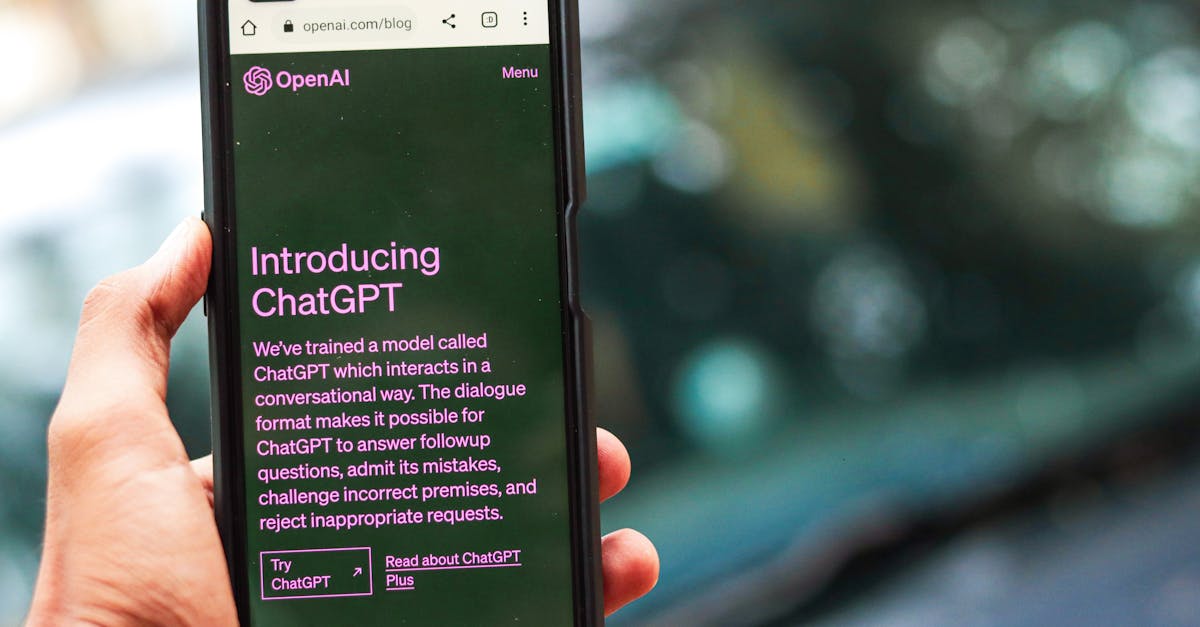What is Neurodiverse Learning?
Neurodiverse learning is all about recognizing that everyone’s brain is wired differently. It includes conditions like ADHD, autism, and dyslexia. Every child learns uniquely, and traditional methods might not work for everyone.
This is where AI steps in. By customizing educational experiences, AI can help tailor lessons to fit each child’s needs. Imagine a school where each student gets their own specialized tutor. Amazing, right? With AI, that dream is closer than ever.
Image Source: Pexels
The Role of AI in Personalized Education
Artificial Intelligence in education isn’t science fiction anymore; it’s real and kicking. AI algorithms can assess a child’s strengths and weaknesses quickly. Based on this, they suggest personalized learning paths. Think of it like a GPS for education. Instead of following one fixed route, AI offers multiple options to reach the destination. For neurodiverse learners, this means finding the fastest and most effective way to grasp new concepts. The result? Learning becomes fun and less stressful.
Image Source: Pexels
AI Tools to Support Neurodiverse Learners
There are some incredible AI-powered tools designed especially for neurodiverse learners. Apps like ‘Kurzweil’ and ‘ModMath’ assist kids with reading and writing difficulties. Kurzweil reads texts aloud, while ModMath helps kids with dyscalculia organize their thoughts. Also, AI platforms like ‘DreamBox’ adapt math lessons in real-time based on student performance. The beauty of these tools is that they provide instant feedback, making learning interactive and engaging.

Overcoming Emotional Challenges with AI
It’s natural for parents to worry about their kids’ emotional well-being. Neurodiverse children often face more emotional hurdles. But guess what? AI can offer support here too. Personalized AI tutors can provide consistent positive reinforcement. Additionally, AI can track mood changes and offer resources when it senses something is off. Consider it a digital therapist that helps kids navigate their emotions, reducing anxiety.

Practical Steps for Parents
If you’re ready to dive into AI for your child’s learning, start small. Explore free trials of AI educational tools. Talk to teachers about integrating AI in classrooms. Attend webinars and join online forums to stay updated.
Remember, it’s okay to ask for help. Your mental and emotional support is vital. The goal is to create a supportive environment where your kid can thrive. Small steps will lead to significant changes.

Join the Conversation
Your experiences can help other parents facing similar challenges. Have you tried any new AI tools? What worked and what didn’t? Share your stories in the comments. This isn’t just a blog; it’s a community. The more we talk and share, the better we can support each other. So go ahead, drop a comment below and let’s help each other navigate this exciting AI journey together!
Image:

